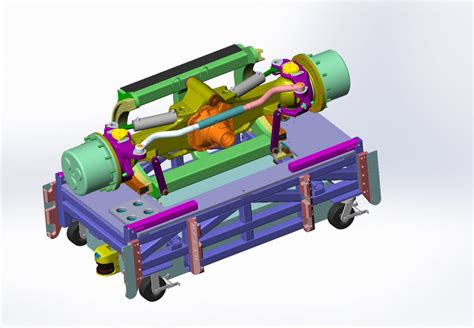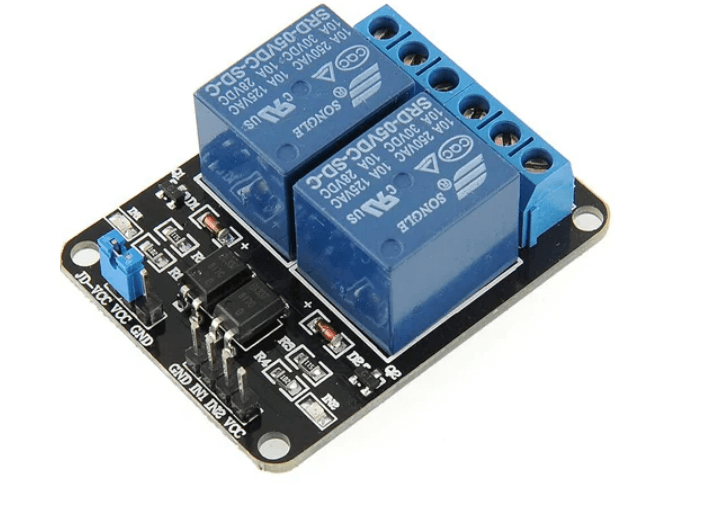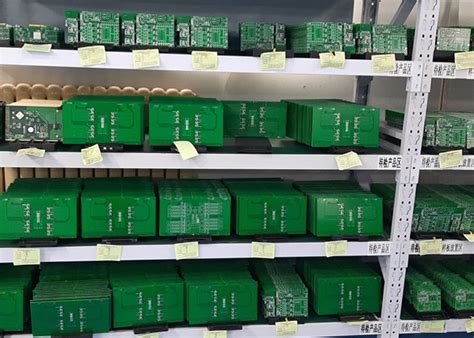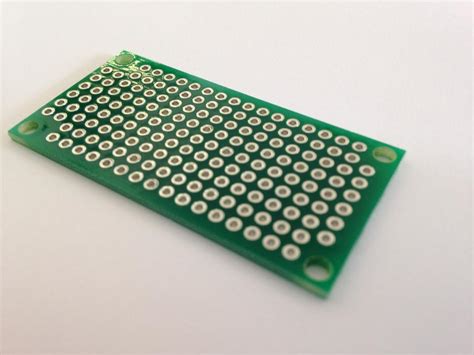Automated Assembly Systems: Next-Gen Electronics Production Breakthroughs
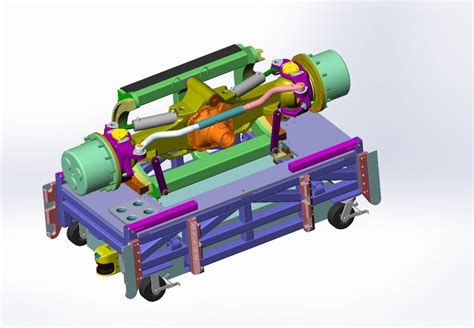
Key Takeaways
Modern automated electronics assembly systems are fundamentally altering production landscapes by integrating advanced robotics and machine learning. At the core of this shift lies PCB assembly (PCBA), where precision and repeatability are critical. These systems leverage AI-driven vision systems to detect micron-level defects in real-time, reducing error rates by up to 90% compared to manual processes. For instance, smart feeders in PCBA lines now adjust component placement dynamically, optimizing throughput without compromising accuracy.
"The integration of collaborative robots (cobots) in PCB assembly workflows has reduced human intervention in hazardous tasks while maintaining flexibility for low-volume, high-mix production," notes a leading industrial automation engineer.
| Feature | Manual Assembly | Automated Assembly |
|---|---|---|
| Precision Tolerance | ±0.2 mm | ±0.02 mm |
| Average Speed | 200 components/hour | 25,000 components/hour |
| Defect Rate | 3-5% | 0.1-0.3% |
| Scalability | Limited | Modular Expansion |
The adoption of IoT-enabled monitoring in PCBA lines provides unprecedented traceability, with sensors tracking thermal profiles during soldering and component orientation. This data-driven approach enables predictive maintenance, cutting downtime by 40% in tier-1 electronics manufacturers. Furthermore, automated optical inspection (AOI) systems now utilize spectral analysis to identify counterfeit components—a $4 billion annual industry challenge.
For factories transitioning to automation, prioritize systems with interoperable software architectures to future-proof investments. The latest automated assembly solutions also address sustainability, with energy recovery mechanisms reducing power consumption by 18% in high-speed PCBA applications.
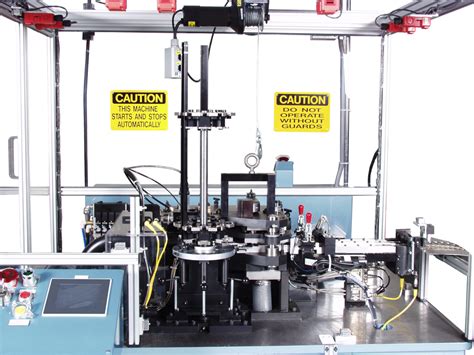
Automated Assembly Systems Redefining Precision
Modern PCB assembly processes demand tolerances measured in micrometers, a feat achievable only through advanced automation. Cutting-edge systems now integrate robotic arms with machine vision to place components on circuit boards with ±0.01mm accuracy—surpassing human capabilities by orders of magnitude. These technologies eliminate variances caused by manual handling, ensuring consistent alignment in high-density PCBA workflows.
A critical innovation lies in adaptive calibration, where real-time feedback loops adjust machinery mid-operation to compensate for thermal expansion or material shifts. For example, laser-guided pick-and-place machines dynamically correct component positioning during PCB assembly, reducing defect rates by up to 98% compared to traditional methods. This precision extends to soldering processes, where AI-controlled reflow ovens maintain exact temperature profiles for flawless connections.
The impact is most evident in industries like medical devices and aerospace, where a single faulty solder joint can compromise entire systems. By leveraging closed-loop quality assurance, automated PCBA lines now achieve near-zero error margins while operating at speeds exceeding 30,000 placements per hour. Such advancements not only enhance reliability but also enable miniaturization trends, allowing denser circuitry without sacrificing performance.
As these systems evolve, they bridge the gap between design intent and physical execution, transforming precision from an aspirational goal to a measurable standard in electronics manufacturing.
Next-Gen Automation in Electronics Manufacturing
The evolution of automated electronics assembly is driving unprecedented efficiency in modern manufacturing, particularly in PCB assembly (Printed Circuit Board Assembly) and PCBA (Printed Circuit Board Assembly and Testing). Advanced robotic systems now integrate AI-powered vision systems to handle micron-level component placement, ensuring sub-millimeter precision even for high-density designs. These systems leverage real-time data analytics to optimize workflows, reducing human error while accelerating cycle times by up to 40%.
A key innovation lies in modular automated assembly lines, which adapt dynamically to varying product specifications. For instance, smart conveyors paired with collaborative robots (cobots) enable seamless transitions between PCB assembly stages—from solder paste application to component mounting and reflow soldering. This flexibility is critical for manufacturers managing diverse orders, from consumer electronics to industrial IoT devices.
Moreover, next-gen automation incorporates closed-loop quality control, where inline inspection tools like automated optical inspection (AOI) identify defects mid-process, triggering instant corrections. Such integration not only elevates yield rates but also supports compliance with stringent industry standards. As PCBA demands grow for miniaturized, high-performance electronics, these systems prove indispensable in balancing scalability with uncompromised reliability.
Transitioning to smarter factories, the synergy between automated electronics assembly and IoT-enabled platforms ensures continuous process refinement, setting the stage for future advancements in agile, data-driven production.

Boosting Production Speed with Smart Assembly
Modern PCB assembly processes are achieving unprecedented efficiency through intelligent automation that synchronizes workflows across production stages. By integrating robotic arms with IoT-enabled conveyor systems, manufacturers can reduce PCBA cycle times by up to 65%, while maintaining consistent throughput even during complex multi-layer board fabrication. Advanced motion control algorithms optimize component placement speeds, ensuring high-volume output without compromising alignment accuracy—a critical factor for miniaturized electronics.
Real-time data analytics further amplify productivity by identifying bottlenecks in PCB assembly lines. For example, machine learning models predict maintenance needs for pick-and-place units, preventing unplanned downtime. Simultaneously, adaptive vision systems inspect PCBA units at rates exceeding 1,200 parts per minute, eliminating manual quality checks that traditionally slowed operations. This seamless coordination between hardware and software enables factories to scale production dynamically, meeting fluctuating demand while reducing lead times by 40–50%.
The shift toward modular automation also allows rapid reconfiguration of assembly cells for diverse product batches. Manufacturers leveraging these smart systems report 30% faster time-to-market for new electronics, as automated workflows accelerate prototyping and mass production phases alike. These advancements not only elevate speed but create a foundation for sustainable growth—a theme explored further in later sections on eco-conscious manufacturing.
Quality Control Breakthroughs in Automated Systems
Modern automated electronics assembly systems are redefining quality assurance through integrated inspection technologies and adaptive process controls. Advanced vision systems, powered by machine learning algorithms, now scan PCB assembly lines in real time, detecting micron-level defects in solder joints, component placement, and trace alignment. These systems achieve first-pass yield rates exceeding 99.5%, minimizing rework and material waste. For PCBA processes, inline automated optical inspection (AOI) combines 3D X-ray imaging with thermal profiling to validate board integrity under simulated operational stresses.
The integration of predictive analytics further enhances quality by correlating production data from sensors with historical performance metrics. This allows systems to autonomously adjust parameters like soldering temperature or placement pressure, preventing defects before they occur. Notably, closed-loop feedback mechanisms ensure continuous calibration of robotic arms and dispensers, maintaining consistency across high-volume batches.
Such innovations address critical challenges in complex assemblies, such as micro-BGA components and ultra-fine-pitch ICs, where manual inspection is impractical. By embedding quality control directly into the assembly workflow, manufacturers achieve zero-defect manufacturing targets while accelerating time-to-market—a dual advantage that positions automated PCB assembly as the backbone of next-generation electronics production.

How Automation Transforms Electronics Assembly
The integration of automated systems into PCB assembly processes marks a fundamental shift in electronics manufacturing. By replacing manual labor with robotics and AI-driven machinery, manufacturers achieve unparalleled precision in placing microcomponents on PCBA boards. These systems eliminate human error in tasks like solder paste application or surface-mount technology (SMT), ensuring consistent alignment even for components smaller than 0.4mm.
Advanced automated assembly lines also accelerate production cycles. For example, high-speed pick-and-place machines can mount over 100,000 components per hour—a feat impossible through traditional methods. This exponential speed not only meets rising demand but reduces time-to-market for innovations like IoT devices or 5G hardware.
Quality control undergoes similar transformation. In-line optical inspection (AOI) systems, powered by machine learning, scan PCBA units in real time, detecting defects like soldering flaws or misalignments with micron-level accuracy. This proactive error detection minimizes rework rates and waste, aligning with sustainable manufacturing goals.
By merging PCB assembly automation with adaptive software, factories gain flexibility to pivot between product designs without costly retooling—a critical advantage in today’s fast-evolving tech landscape.

Future-Proofing Manufacturing with Robotics Tech
The integration of advanced robotics into PCB assembly and PCBA processes is setting new benchmarks for industrial adaptability. Modern robotic systems now leverage machine vision and adaptive grippers to handle intricate tasks—from placing microscopic components to soldering high-density boards—with sub-micron precision. Unlike traditional setups, these systems dynamically adjust to design changes, minimizing downtime during product iterations. Collaborative robots (cobots) further enhance flexibility by working alongside human technicians, merging human expertise with machine efficiency to address complex PCBA challenges.
A critical advantage lies in scalability. As demand for smaller, smarter devices grows, robotics enable manufacturers to scale PCB assembly lines without compromising quality. Real-time data analytics embedded in these systems predict maintenance needs and optimize workflows, reducing defects by up to 40% compared to manual methods. This shift not only accelerates time-to-market but also future-proofs facilities against evolving industry standards, such as IoT integration and 5G compatibility. By replacing error-prone manual processes with intelligent automation, manufacturers are building resilient ecosystems capable of thriving in an era of rapid technological disruption.
AI-Driven Solutions for Error-Free Assembly
Modern PCB assembly processes are undergoing a paradigm shift as AI-driven systems integrate advanced algorithms to eliminate human error. By leveraging machine learning and computer vision, these systems analyze vast datasets from previous PCBA workflows to predict and rectify potential defects in real time. For instance, AI-powered optical inspection tools detect micron-level misalignments or solder bridging faster than traditional methods, reducing defect rates by up to 90%.
The integration of predictive analytics further enhances reliability, enabling equipment to self-adjust parameters like temperature or pressure during PCB assembly based on real-time feedback. This dynamic optimization ensures consistent output even with complex, high-density designs. Transitioning seamlessly from earlier quality control advancements, AI bridges the gap between precision and scalability, allowing manufacturers to maintain rigorous standards while accelerating throughput.
Moreover, neural networks trained on historical production data identify patterns that human operators might overlook, preemptively flagging component mismatches or supply chain inconsistencies. Such proactive error mitigation not only minimizes rework but also extends the lifespan of PCBA units. As industries adopt these intelligent systems, the shift toward zero-defect manufacturing becomes increasingly attainable, reinforcing automation’s role as the cornerstone of next-generation electronics production.

Sustainable Electronics Production via Automation
Modern PCB assembly processes are driving a paradigm shift toward environmentally conscious manufacturing. By integrating robotic placement systems and AI-powered inspection tools, automated PCBA lines minimize material waste through precise component alignment and real-time error detection—reducing scrap rates by up to 40% compared to manual methods. Energy-efficient automation platforms further lower carbon footprints by optimizing power consumption during high-volume production cycles. For instance, closed-loop conveyor systems reclaim excess solder paste, while modular machinery enables scalable output without overproducing inventory.
Transitioning to automated workflows also supports circular economy principles. Smart PCB assembly units can disassemble defective boards for component reuse, diverting e-waste from landfills. Advanced PCBA systems now incorporate renewable energy compatibility, allowing factories to pair solar or wind power with predictive maintenance algorithms for greener operations. These innovations align with global standards like ISO 14001, ensuring sustainability metrics are embedded at every production stage. As manufacturers prioritize eco-design, automation emerges as the backbone for balancing precision, profitability, and planetary stewardship.
Conclusion
The integration of automated assembly systems into electronics manufacturing marks a pivotal shift toward unmatched efficiency and reliability. By leveraging advanced robotics and AI-driven workflows, industries now achieve PCB assembly processes that minimize human error while maximizing throughput. These systems excel in handling complex PCBA tasks, from placing microscopic components to executing multi-layered soldering with sub-millimeter precision. As production demands escalate, the ability to balance speed with stringent quality standards becomes critical—a challenge adeptly addressed by next-generation automation.
Moreover, the shift toward smart factories underscores the importance of scalability and sustainability. Automated systems reduce material waste and energy consumption, aligning with global green manufacturing initiatives. By embedding real-time analytics into PCB assembly lines, manufacturers gain actionable insights to preempt bottlenecks and refine workflows. This evolution not only future-proofs production capabilities but also empowers businesses to adapt swiftly to emerging technologies. Ultimately, the convergence of robotics, AI, and precision engineering in PCBA processes redefines what’s possible in electronics manufacturing—ushering in an era where innovation and operational excellence coexist seamlessly.
FAQs
How do automated systems improve precision in PCB assembly?
Advanced robotics and machine vision ensure micron-level accuracy in placing components on PCBA boards, minimizing human error. Real-time calibration adjusts for thermal expansion and material variances during production.
What makes PCB assembly lines faster with automation?
High-speed pick-and-place machines coupled with intelligent conveyor systems optimize workflow. Automated PCBA lines can achieve cycle times reduced by 40–60%, enabling rapid scaling for high-volume orders.
Can automation reduce defects in electronics manufacturing?
Yes. Closed-loop feedback systems detect anomalies like solder bridging or misaligned parts during PCBA processes. Defect rates often drop below 0.1% when using AI-powered inspection tools.
Are automated PCB assembly systems cost-effective for small batches?
Modern modular systems allow flexible reconfiguration, making PCBA automation viable even for low-volume, high-mix production. Initial ROI is typically realized within 12–18 months.
How does automation support sustainable electronics production?
Precision material dispensing cuts waste by 25–30%, while energy-efficient robotic arms lower power consumption in PCBA workflows. Automated systems also enable easier recycling of defective components.
Explore Customized Solutions for Your Project
For tailored PCB assembly and PCBA automation strategies, please click here to consult with industry experts.

